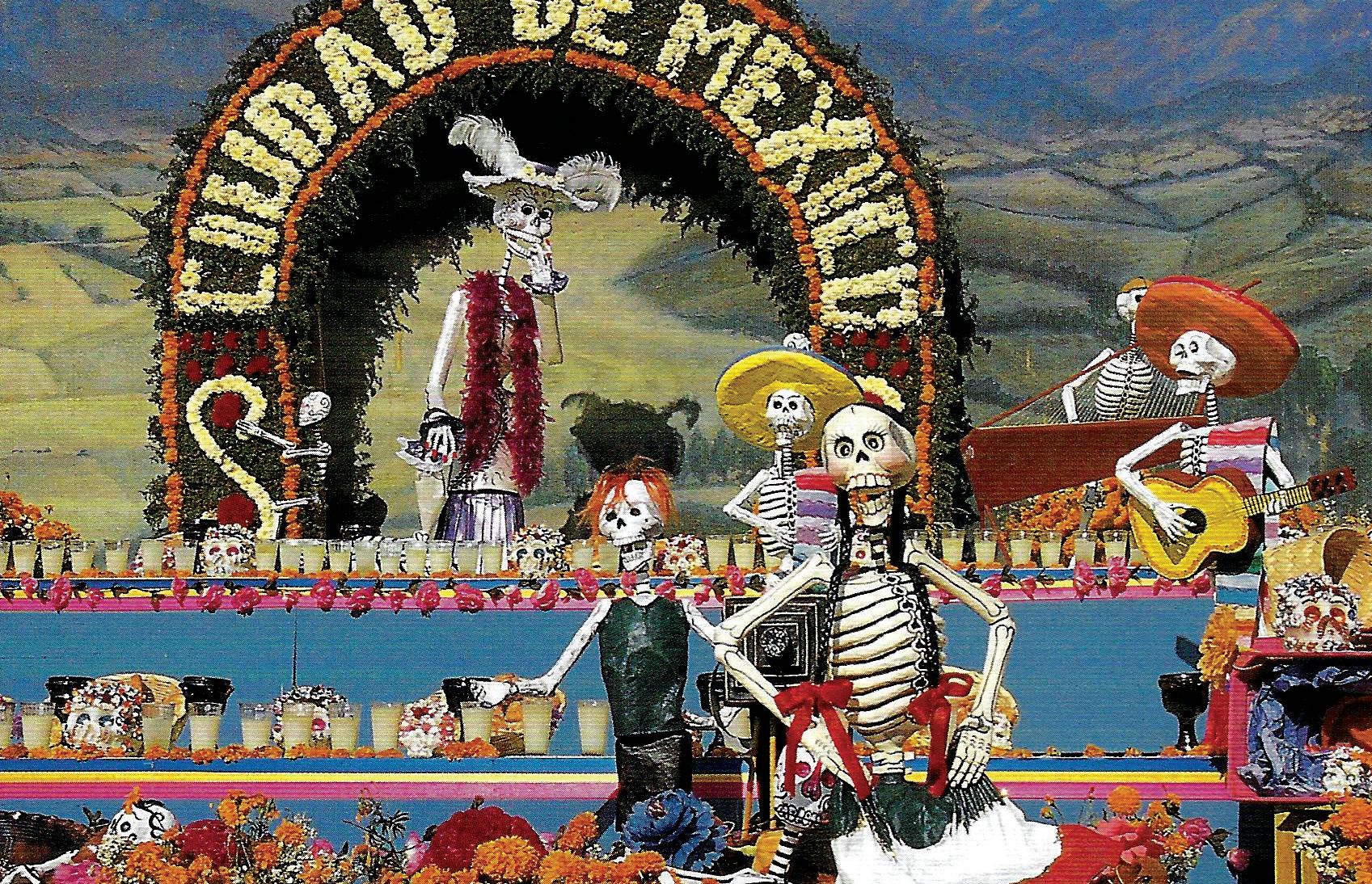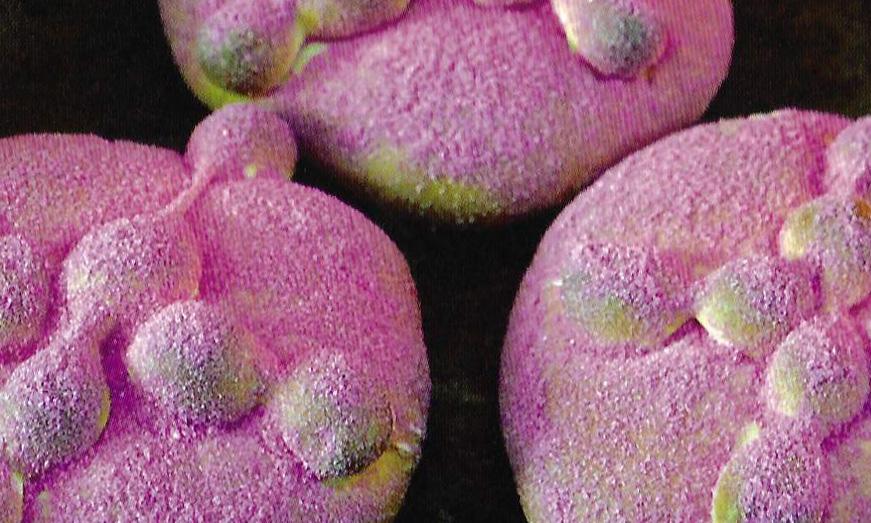
1 minute read
Death and Mesoamerican Cultures: Regional Diversity
TheMaya, Mexica, Toltec, Olmec, and hundreds of other indigenous peoples and their complex societies flourished withinMesoamerica for thousands of years prior to contact with the Spanish invaders. As a region inhabited by millions of people, there was vast cultural diversity based on location, including several hundred distinct languages.
The Earth itself was a force to the Aztec people, who were known asMexica, constantly demanding to be fed by human life. These societies buried their dead directly under their homes, which kept their ancestors close for veneration. Because tombs were not sealed, people often visited the dead and made offerings to them. The lack of separation between the realms of life and death relates a distinct Mesoamerican view of a people’s place in the world.
Advertisement
The Mexica also believed that a person had three souls. Bodies would die and go back to the Earth. A person’s three souls however, could exist in multiple planes at once. Part of the soul could go on to the afterlife, and part of it could stay behind and watch over loved ones.
Mesoamerican peoples developed many rituals to honor the souls of the dead who stayed behind to guide their families. Many of these rituals, such as leaving food for a dead relative, and burning incense are still a part of contemporary Day of the Dead ceremonies today.
An important commonality among Mesoamerican people was their belief about death. Mesoamericans believed that life and death were forces of the Earth and a natural part of the regeneration cycle. Because eating required killing the animal or plant that was to be consumed, death was taken into their bodies, where it gave them life.









